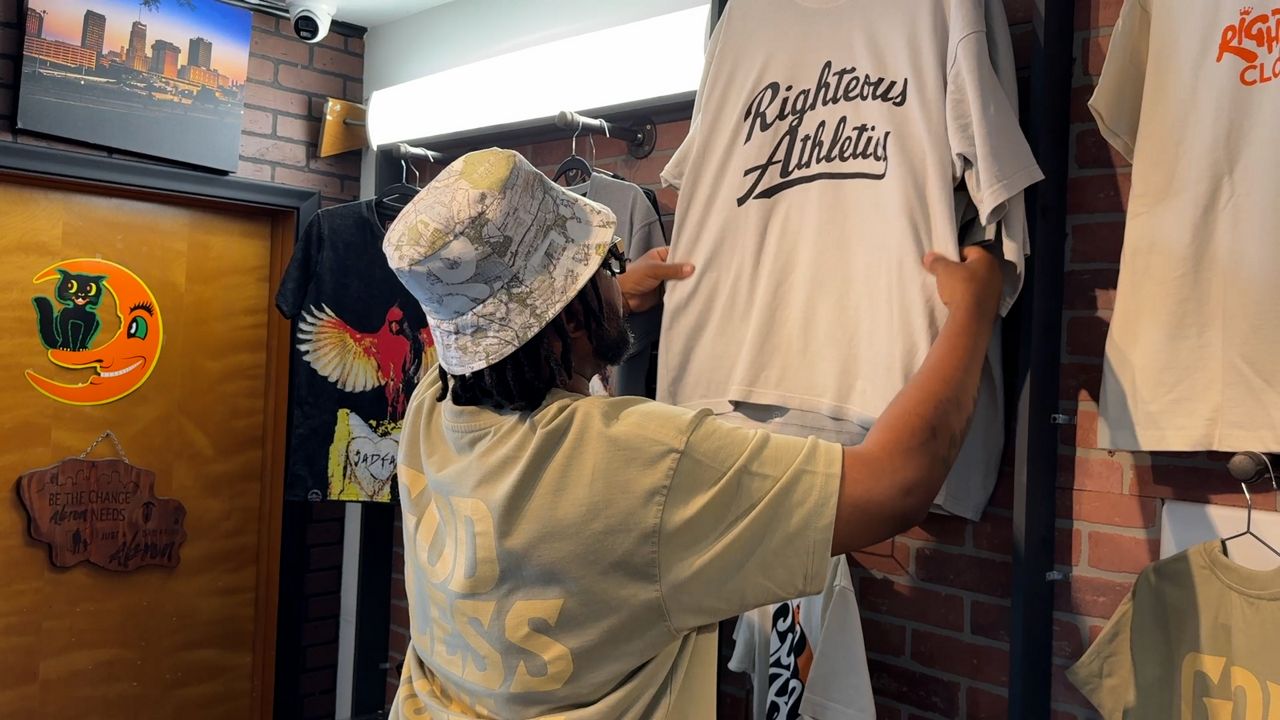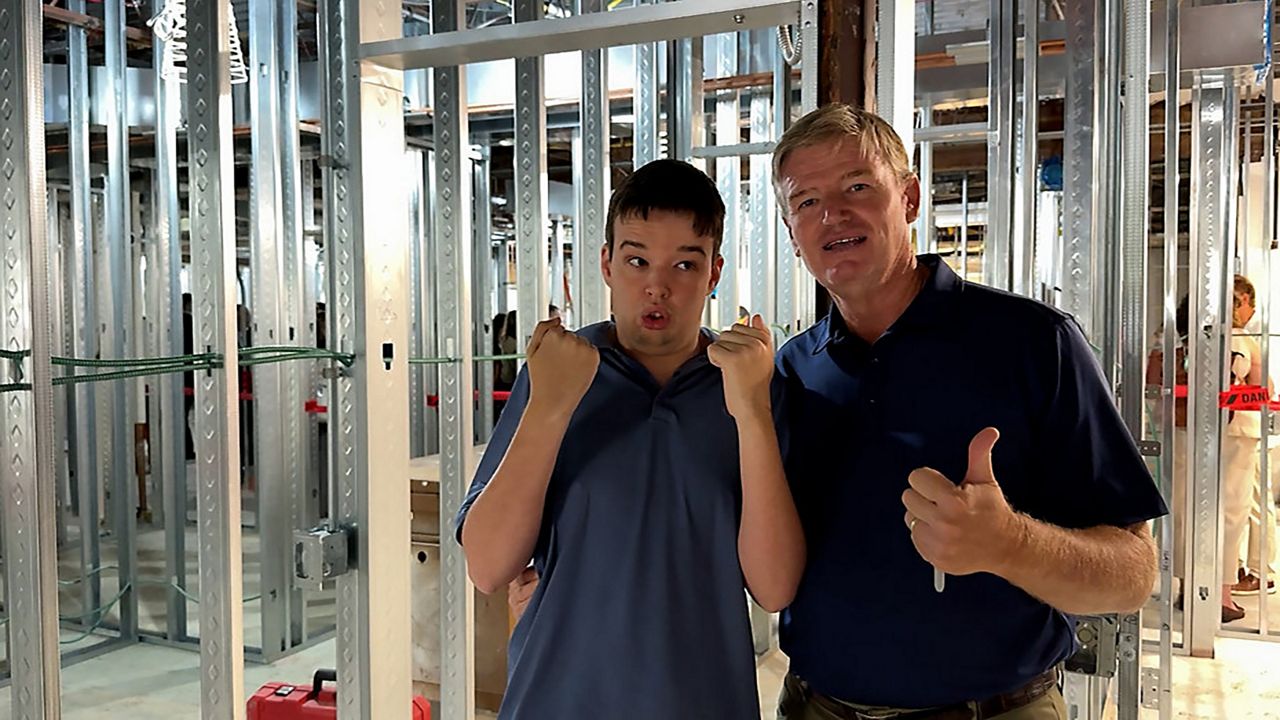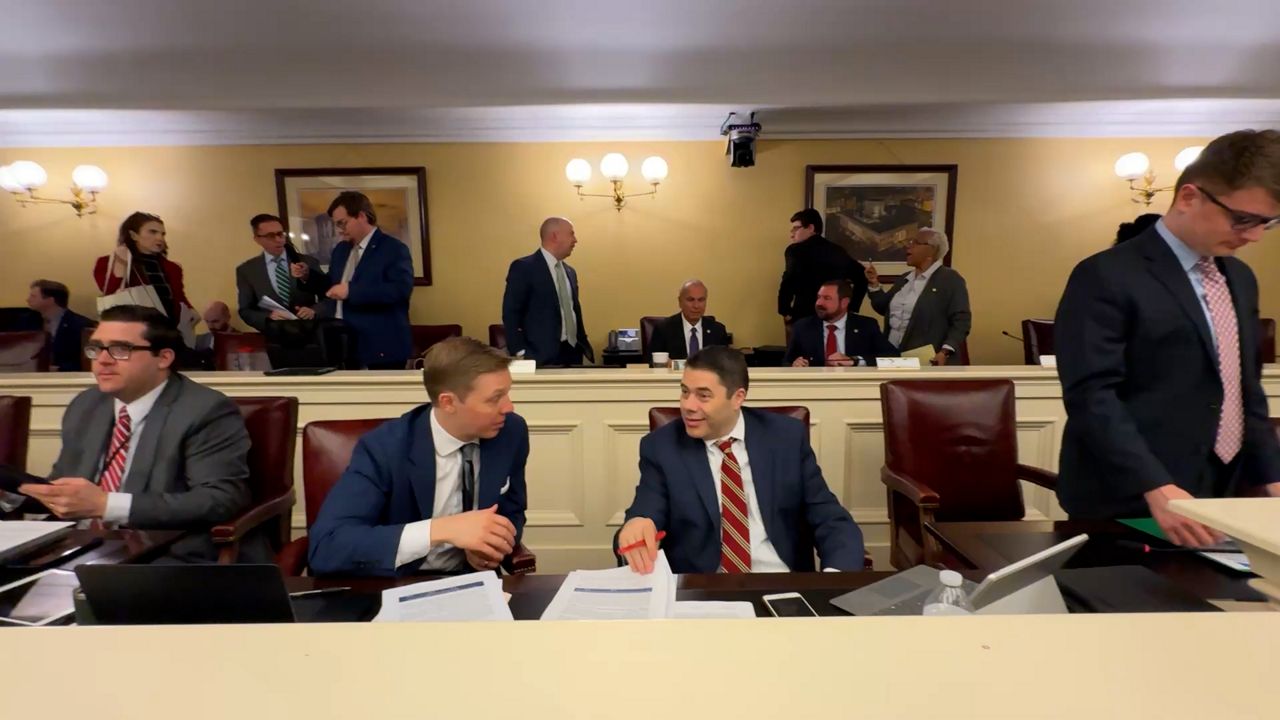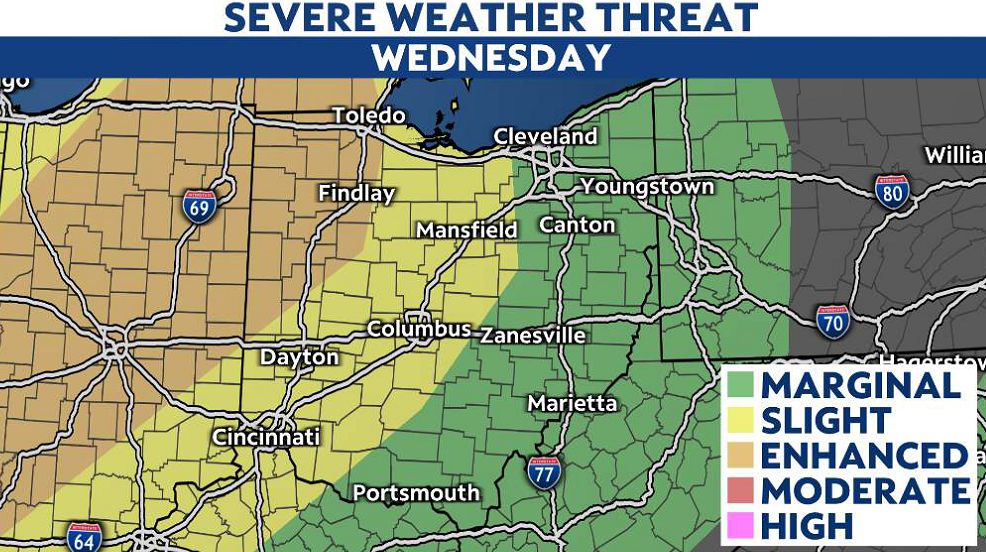DAYTON — The city of Dayton is making some last impressions on the international guests.
The NATO PA Spring Session will wrap up and later NATO village will transform back to the regular hustle and bustle of downtown.
Over the past week, people in Dayton got to see their downtown change in ways they’ve never seen before and for those out-of-town guests, maybe they got to see a little something different as well.
“Thirty years ago they brought the dignitaries to Wright-Patt and stayed on Wright-Patt, we knew this time around we really wanted the opportunity to show off our community and the community showed up,” said Dayton Area Chamber of Commerce Executive VP Stephanie Keinath.
Keinath addressed the before and after effects of NATO on Dayton.
“It shows us as Daytonians, it shows our broader community that we are capable of doing this. We’re capable of coming together to pull off something of this magnitude and now we have the eyes of the world on us,” she said.
Over the past week delegates for the full Dayton welcome.
“It’s been great. I need to commend the efforts and the results of those efforts made by Congressman Turner, which provided us a huge reception, great dinners, great lunch, wonderful city, great hospitality,” said NATO PA President Marcos Perestrello.
Inside NATO village, they took in exhibits inside the historic courthouse that showcased Dayton’s history and influence across the world.
They also spent time inside the International Peace Museum to see artifacts from the Peace Accords and Sarajevo.
“We look at it back 30 years later and we can’t help but be inspired about what people can accomplish if they put their mind to it as an alternative to war. I would say as somebody who is even just in this view of it, I find it’s a powerful seminar and I want to bring my kids here someday,” said Carnegie Endowment for International Peace President Tino Cuéllar during a panel discussion at the Peace Museum.
Inside the Schuster Center, guests could check-out the large desk that was used during the signing of the agreement.
However, out in the community is where they got to stretch their legs and take in local hot spots.
“I think this is that real Midwest we heard about, so it has been great. We’ve been to Carillon Park, which is beautiful, the Art Institute. It’s been wonderful days,” Perestrello said.
“We brought them over to the Dayton Arcade. They got to experience Dayton’s legendary funk music. Many of them were bused over to the Oregon District and they were doing dinner and drinks and walking around. We were over in the Wright-Dunbar neighborhood, so they got to see in terms of downtown footprint, a lot of our gems in Dayton,” Keinath said.
When the session is over, the historical significance of the Peace Accords and this event 30 years later will stand to make a lasting impression.
“The example we should take immediately through that intervention is that through strength you can get peace and without strength you will be vulnerable and you won’t be able to achieve peace,” said Perestrello.
Just because NATO village will shut down soon, the public can still see some highlights the delegates experienced.
The exhibit at the historic courthouse will remain open to the public from May 27 to May 29, from 10 a.m. to 5 p.m.
The newly unveiled “Peace Sign” interactive art piece will be moved from Riverscape to its permanent home at the Schuster Center.
Take a look at some views from the assembly below:






